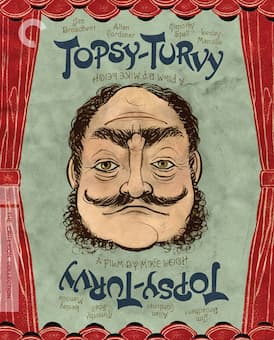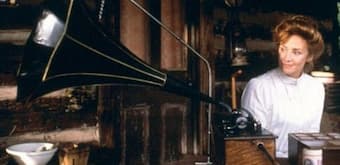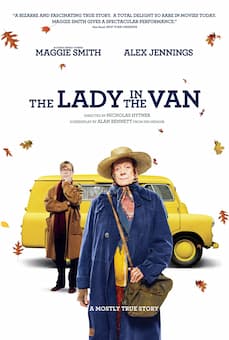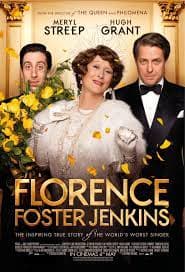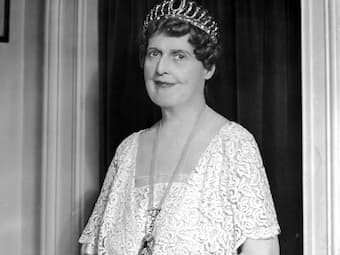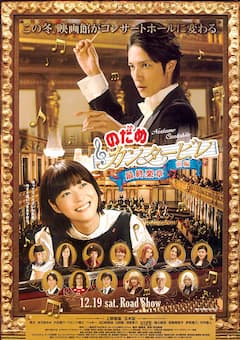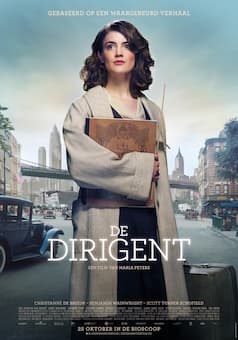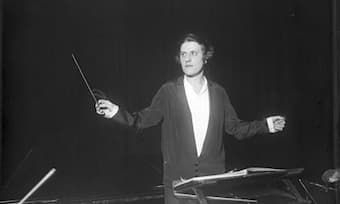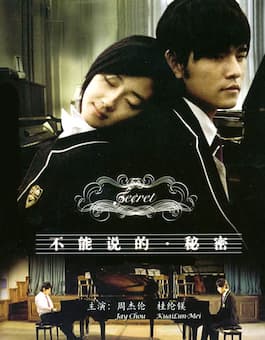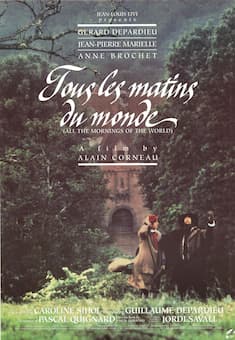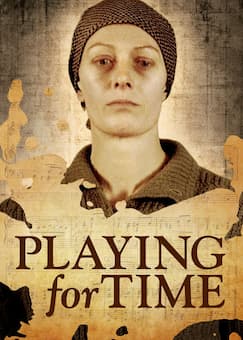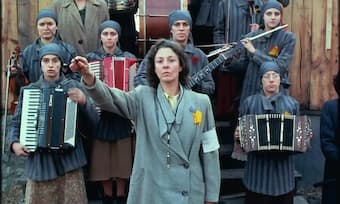Music of the Philippines (Filipino: Himig ng Pilipinas) include musical performance arts in the Philippines or by Filipinos composed in various genres and styles. The compositions are often a mixture of different Asian, Spanish, Latin American, American, and indigenous influences.
Notable folk song composers include the National Artist for Music Lucio San Pedro, who composed the famous "Sa Ugoy ng Duyan" that recalls the loving touch of a mother to her child. Another composer, the National Artist for Music Antonino Buenaventura, is notable for notating folk songs and dances. Buenaventura composed the music for "Pandanggo sa Ilaw".
Gong music
Philippine gong music can be divided into two types: the flat gong commonly known as gangsà and played by the groups in the Cordillera region and the bossed gongs played among the Islam and animist groups in the southern Philippines.
Kulintang refers to a racked gong chime instrument played in the southern islands of the Philippines, along with its varied accompanying ensembles. Different groups have different ways of playing the kulintang. Two major groups seem to stand out in kulintang music. These are the Maguindanaon and the Maranaw. The kulintang instrument itself could be traced to either the introduction of gongs to Southeast Asia from China before the 10th century CE or more likely, to the introduction of bossed gong chimes from Java in the 15th century. Nevertheless, the kulintang ensemble is the most advanced form of ensemble music with origins in the pre-colonial epoch of Philippine history and is a living tradition in southern parts of the country.
The tradition of kulintang ensemble music itself is regional, predating the establishment of the present-day Philippines, Indonesia, and Malaysia. It transcends religion, with Buddhist, Hindu Animist, and Christian ethnic groups in Borneo, Flores, and Sulawesi playing kulintangan; and Muslim groups playing the same genre of music in Mindanao, Palawan, and the Sulu archipelago. It is distantly related to thegamelan ensembles of Java and Bali, as well as the musical forms in Mainland Southeast Asia, mainly because of the usage for the same bossed racked gong chimes that play both melodic and percussive.
Hispanic-influenced music
Spain ruled the Philippines for 333 years, and Hispanic influence in Filipino culture is ubiquitous. This influence can be easily seen in folk and traditional music, especially in the Tagalog and Visayan regions, where Spanish influence was the greatest.
Rondalla music
The Rondalla is a traditional string orchestra comprising two-string, mandolin-type instruments such as the banduria and laud; a guitar; a double bass; and often a drum for percussion. The rondalla has its origins in the Iberian rondalla tradition and is used to accompany several Hispanic-influenced song forms and dances.
Harana and Kundiman
The Harana and Kundiman are popular lyrical songs dating back to the Spanish period and are customarily used in courtship rituals. The Harana is rooted in the Mexican-Spanish from Spain, traditional and based on the rhythmic patterns of the habanera. The Kundiman, meanwhile, has pre-colonial origins from the Tagalophone parts of the country, uses a triple meter rhythm, and is characterized by beginning in a minor key and shifting to a major one in the second half. But make no mistake, harana and kundiman are stylistically different. Whereas harana is in 2/4/ time, kundiman is in 3/4. The formula is verse 1 on minor key (e.g. C Minor) followed by verse 2 on parallel major key (C Major) midway through.
In the 1920s, Harana and Kundiman became more mainstream after performers such as Atang de la Rama, Jovita Fuentes, Conching Rosal, Sylvia La Torre, and Ruben Tagalog introduced them to a wider audience.
Tinikling
The Tinikling is a dance from Leyte which involves two individual performers hitting bamboo poles, using them to beat, tap, and slide on the ground, in coordination with one or more dancers who step over and in between poles. It is one of the more iconic Philippine dances and is similar to other Southeast Asian bamboo dances.
Cariñosa
The Cariñosa (meaning "loving" or "affectionate one") is the national dance and is part of the María Clara suite of Philippine folk dances. It is notable for the use of a fan and handkerchief in amplifying romantic gestures expressed by the couple performing the traditional courtship dance. The dance is similar to the Mexican Jarabe Tapatío, and is related to the Kuracha, Amenudo, and Kuradang dances in the Visayas and Mindanao Area.

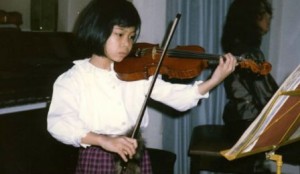

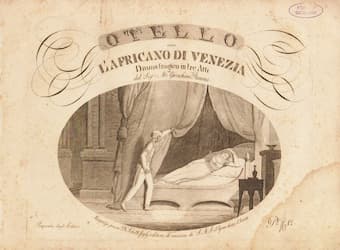
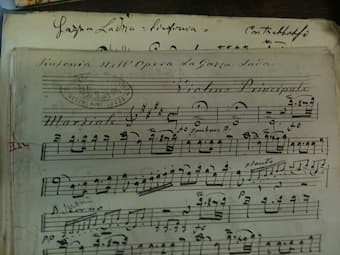
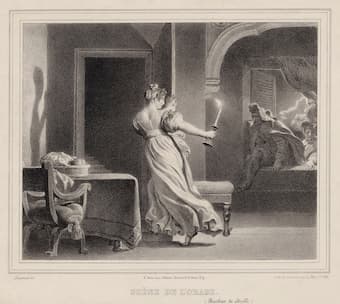
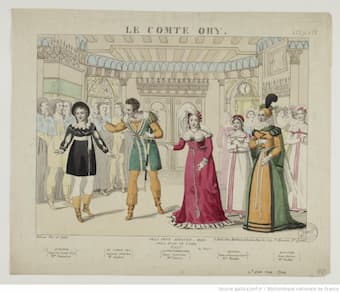
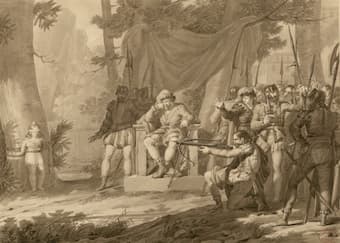
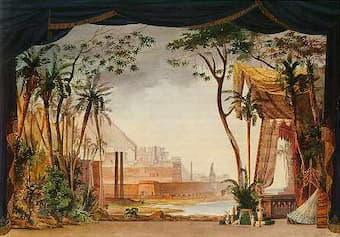
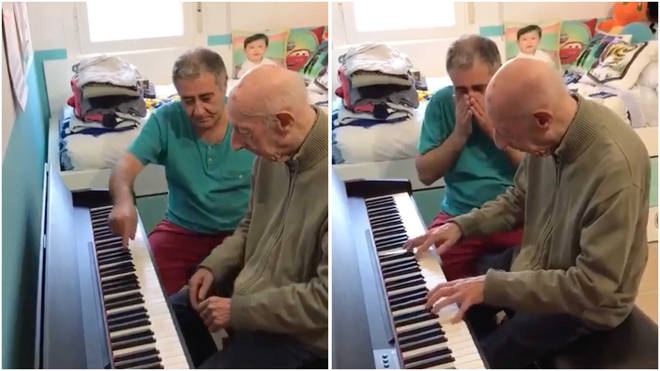









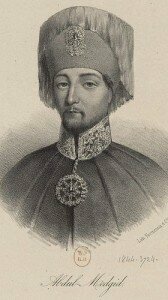


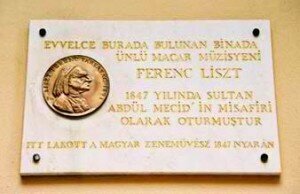 Liszt also gave a number of public concerts, including a musical matinee on 18 June at the Franchini Mansion at Buyukdere. Further private and public concerts were held at the Fethi Pasha Mansion and the Russian Embassy at Pera on 28 June. During this concert, “Liszt saw the panorama of Istanbul from the window and got really excited of seeing the east and the west at the same time. He even thought that he could seen Mount Olympus in the distance.” During his five-week stay, Giuseppe Donizetti hosted Liszt and he arranged accommodations for him at the home of the piano manufacturer Alexander Kommendinger. Donizetti had previously composed two marches for the Sultan, and at Liszt’s request, Donizetti gave him his compositions. “Liszt was in my house,” he writes. “He has just left. He wanted the notes of the two marches I composed for the Sultan. He said he was going to work them into variations sets.” Liszt first played the variations during concerts at Buyukdere on 14 and 15 June. Liszt eventually wrote out the manuscript and gave it to the Austrian ambassador, who passed it to the Minister of Foreign Affairs, who in turn presented it to the Sultan. In return, Liszt received the already mentioned enamel box studded with diamonds. Additionally, the Sultan handed Liszt a special seal, with the name of the composer written in Arabic alphabet with Turkish letters, and we do know that Liszt used it to seal a number of his letters. As it turns out, Istanbul delivered the perfect setting for Liszt to say goodbye to his life as a traveling virtuoso.
Liszt also gave a number of public concerts, including a musical matinee on 18 June at the Franchini Mansion at Buyukdere. Further private and public concerts were held at the Fethi Pasha Mansion and the Russian Embassy at Pera on 28 June. During this concert, “Liszt saw the panorama of Istanbul from the window and got really excited of seeing the east and the west at the same time. He even thought that he could seen Mount Olympus in the distance.” During his five-week stay, Giuseppe Donizetti hosted Liszt and he arranged accommodations for him at the home of the piano manufacturer Alexander Kommendinger. Donizetti had previously composed two marches for the Sultan, and at Liszt’s request, Donizetti gave him his compositions. “Liszt was in my house,” he writes. “He has just left. He wanted the notes of the two marches I composed for the Sultan. He said he was going to work them into variations sets.” Liszt first played the variations during concerts at Buyukdere on 14 and 15 June. Liszt eventually wrote out the manuscript and gave it to the Austrian ambassador, who passed it to the Minister of Foreign Affairs, who in turn presented it to the Sultan. In return, Liszt received the already mentioned enamel box studded with diamonds. Additionally, the Sultan handed Liszt a special seal, with the name of the composer written in Arabic alphabet with Turkish letters, and we do know that Liszt used it to seal a number of his letters. As it turns out, Istanbul delivered the perfect setting for Liszt to say goodbye to his life as a traveling virtuoso.